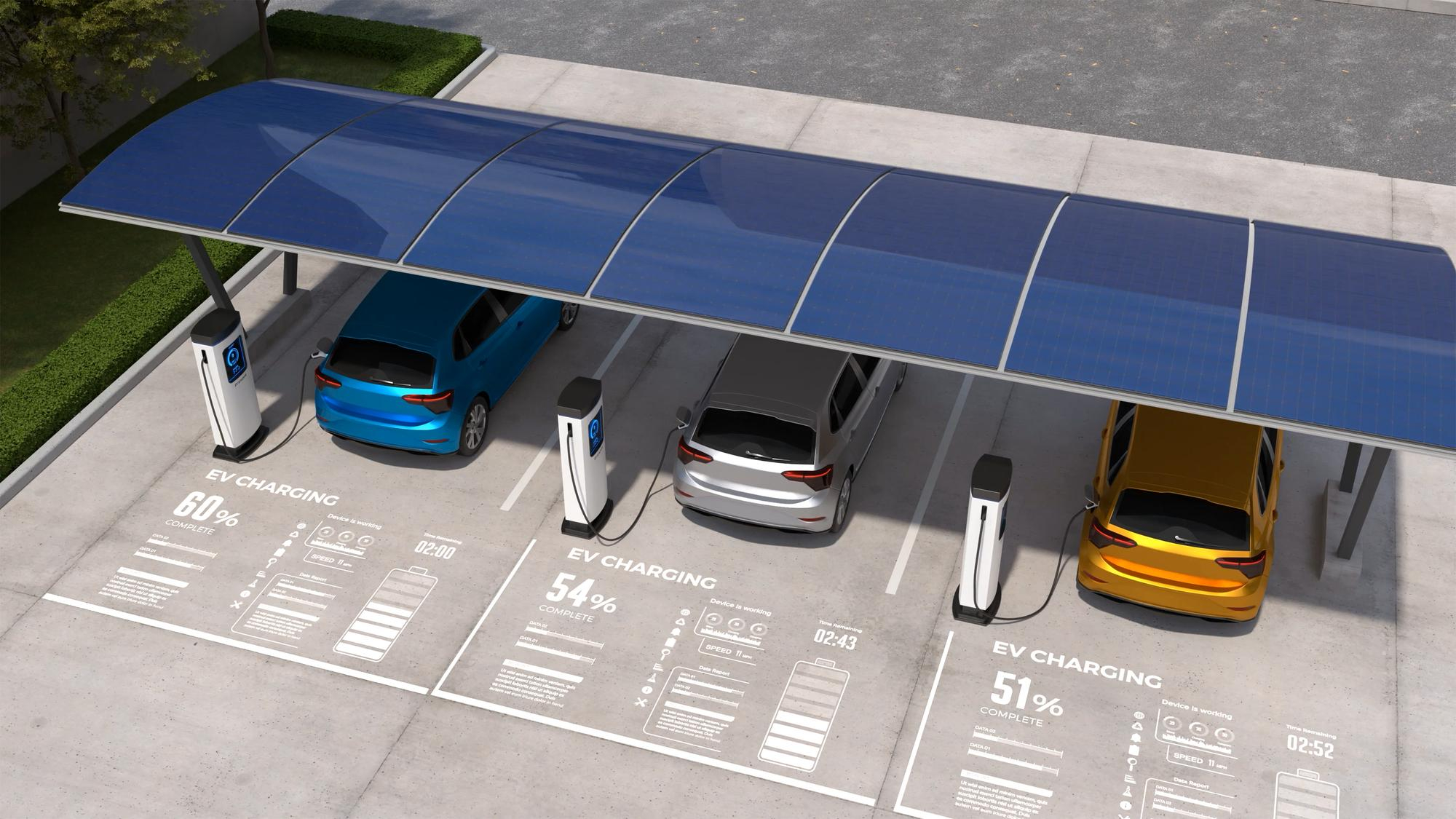Turbocharge Your Fleet Electrification with Government Incentives

Fleet electrification delivers long-term cost savings and environmental benefits, and with government incentives bridging the gap on upfront costs, it is now more practical than ever for operators to transition to clean, efficient fleets.
A Path to Sustainable and Cost-Efficient Operations
Imagine a future where your fleet operates on clean energy, significantly reducing emissions while cutting operational costs. This future is closer than you think, thanks to the increasing availability of government incentives and policies designed to accelerate fleet electrification. In this post, we’ll explore how you can harness these opportunities to transition your fleet to a more sustainable and efficient operation.
The Importance of Fleet Electrification
Fleet electrification is more than just a passing trend—it’s a vital step towards achieving a sustainable future. By adopting electric vehicles (EVs), fleet managers can dramatically reduce their carbon footprint and contribute to cleaner air in their communities.Beyond environmental benefits, electrification also promises long-term cost savings, particularly in fuel and maintenance.
However, the upfront investment required for fleet electrification can be a significant obstacle.This is where government incentives play a crucial role, providing financial support and a regulatory framework that eases the transition to electric fleets.
Understanding the Need for Government Support
Environmental and Economic Benefits
Electrifying your fleet offers numerous environmental and economic advantages. Electric vehicles produce zero tailpipe emissions, helping to combat air pollution and climate change. Economically, the lower operating costs of EVs—thanks to cheaper electricity and reduced maintenance needs—translate to significant savings over time.
Challenges Without Government Support
Despite the clear benefits, the initial costs associated with purchasing EVs and installing necessary charging infrastructure can be daunting. Without government support, many fleet operators may struggle to justify the upfront investment, delaying the transition to more sustainable alternatives.
Bridging the Gap
Government incentives and policies are designed to close this gap. From financial incentives to regulatory mandates, these measures make it easier for fleet managers to adopt EVs, reaping both cost savings and environmental benefits.
Types of Government Incentives
Financial Incentives
Grants and Subsidies: Various levels of government offer grants and subsidies to offset the costs of purchasing electric vehicles and installing charging infrastructure. These financial aids can drastically reduce the overall investment required for fleet electrification.
Tax Credits and Deductions: Fleet operators can take advantage of tax credits and deductions, further lowering the financial burden. These incentives are often available at both federal and state levels, offering multiple opportunities for savings.
Low-Interest Loans: Low-interest loans and financing options are also available to help fleet managers spread the cost of electrification over time. These loans make it easier to manage the financial impact and ensure a smoother transition to electric fleets.
Operational Incentives
Reduced Registration andLicensing Fees: Some jurisdictions offer reduced registration and licensing fees for electric fleets, making it more economical to maintain an EV fleet compared to traditional vehicles.
Preferential Treatment: Electric fleets often receive preferential treatment, such as access to restricted areas and priority lanes, which can significantly enhance operational efficiency, especially in congested urban areas.
Reduced Tolls and Parking Fees: Additional incentives like reduced tolls and parking fees for EVs can further lower operating costs, making fleet electrification an even more attractive option.
Conclusion
Fleet electrification is a powerful step towards a sustainable and cost-efficient future, and government incentives make this transition more accessible than ever. By taking advantage of these financial and operational benefits, you can significantly reduce your fleet’s environmental impact while optimizing your bottom line. The journey to a cleaner, greener fleet starts with informed decisions and strategic planning.
Ready to electrify your fleet and take advantage of available incentives? Contact PxTIS today to learn how we can help you navigate the complexities of fleet electrification, from choosing the right EV technology to planning your charging infrastructure.Let us guide you toward a more sustainable and efficient future.




